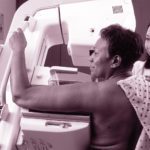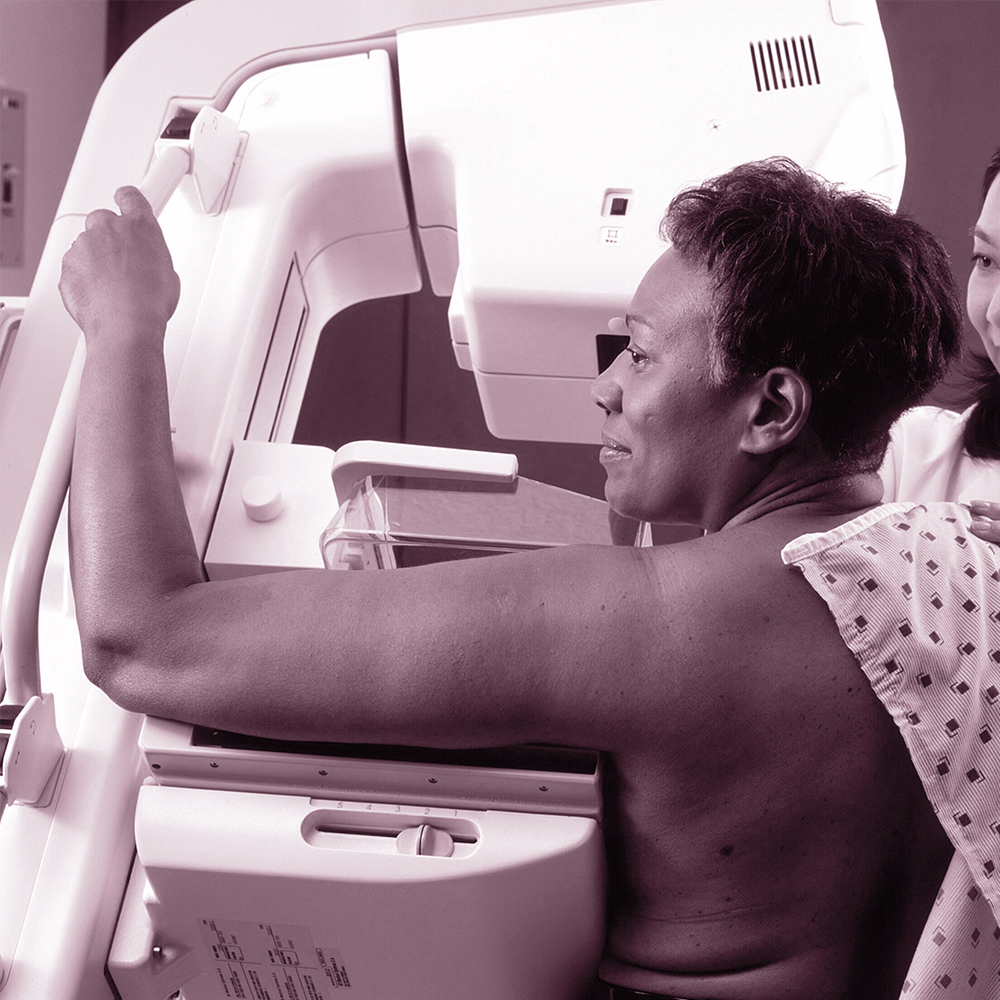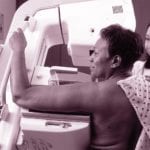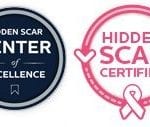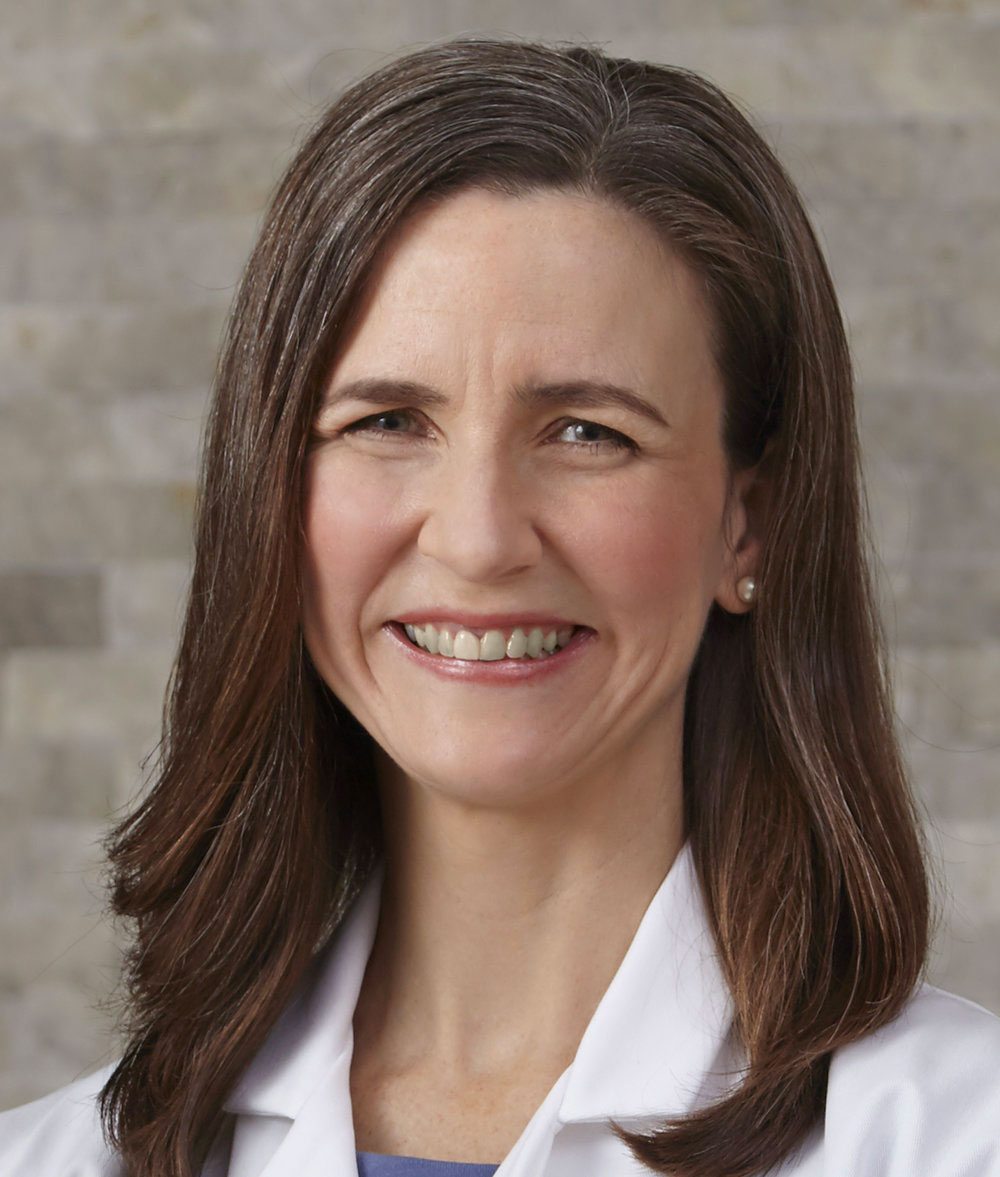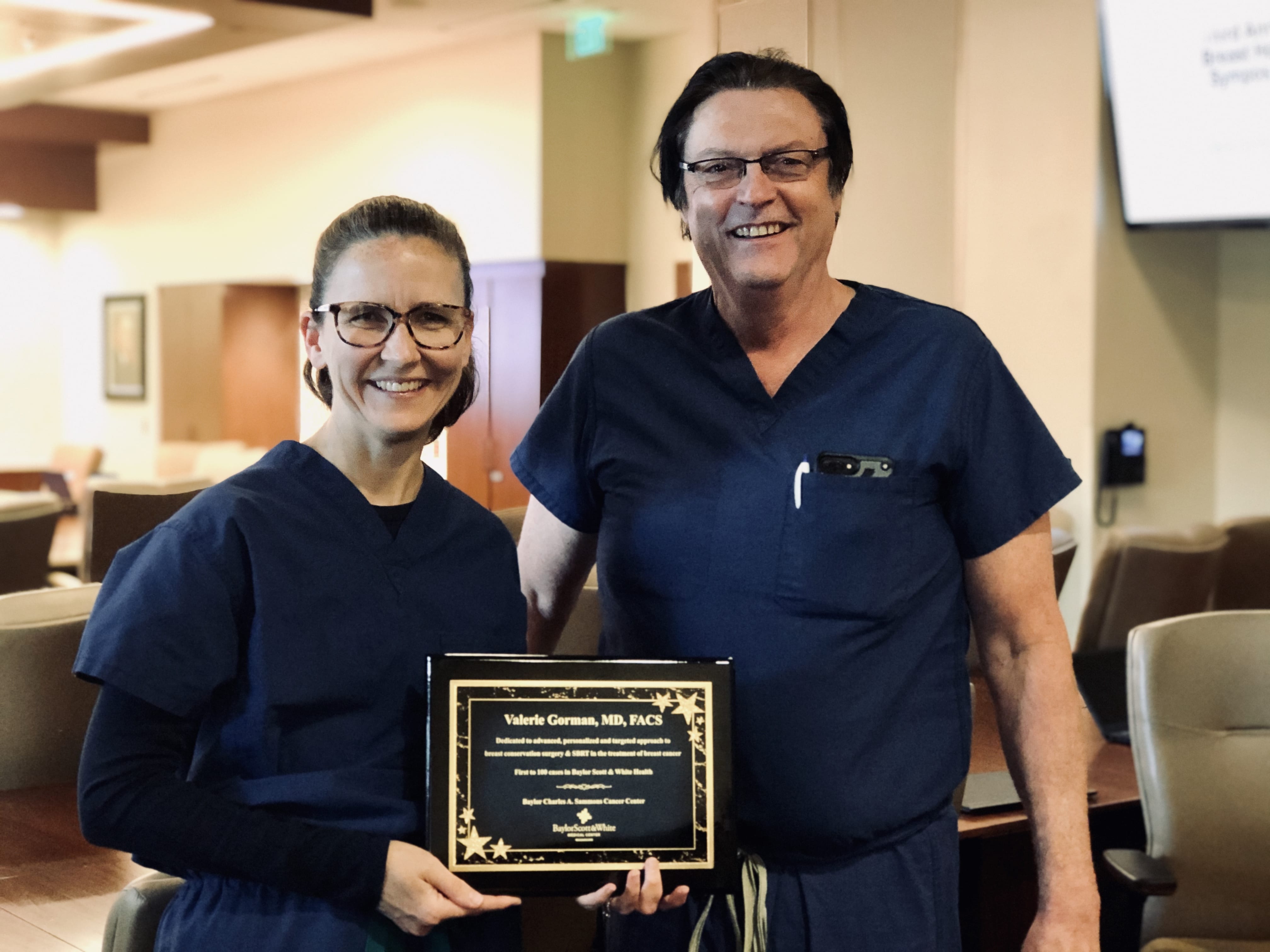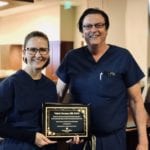Doctor Gorman, a breast surgeon specializing in surgical oncology and surgical diseases of the breast, has released a new article addressing frequently asked questions and new data on breast cancer recurrence.
Risks of Breast Cancer Recurrence Revealed
The findings of a recent Danish study have been released, revealing that the risks of breast cancer recurrence last years beyond what science initially indicated. Due to the release of this new data, there is greater insight into the odds of reproduction and who is at high risk for it. Though it is not common, every survivor of breast cancer faces a chance of recurrence. Patients need to understand the realities of this diagnosis and proactive measures that can be taken to fight against recurrence.
Recurrence is the term used to describe when several breast cancer cells evade initial treatment and later aggregate. In doing so, they cause cancer to return despite months or even years of remission. If a recurrence does occur, a breast surgeon will categorize it by its appearance in proximity to the initial breast cancer. There are three forms of recurrence, each of which will determine the treatment methods used. Today’s medical technology is highly evolved, allowing significant success rates in therapy procedures and a sense of hope for those who receive such a diagnosis.
Doctor Gorman and her team at Texas Breast Center understand the alarm that may come with a breast cancer recurrence. With empathy and top-tier treatment regimens, she is dedicated to offering her patients an advanced, personalized, targeted approach to breast surgery and breast cancer treatment. Readers can visit the Texas Breast Center website to learn more in-depth information on breast cancer recurrence, risk factors, treatment options, and preventative measures that can be taken, or to set up a consultation with Dr. Gorman.


